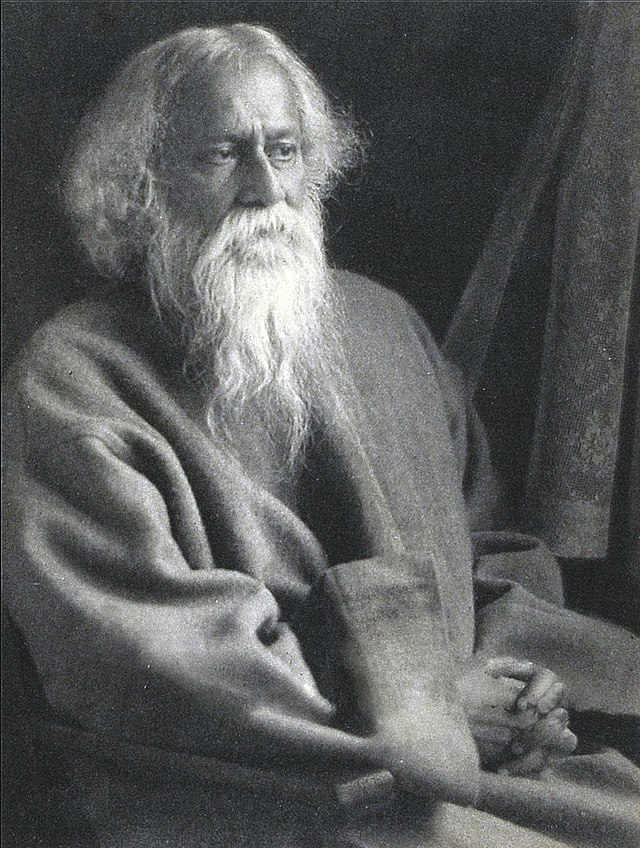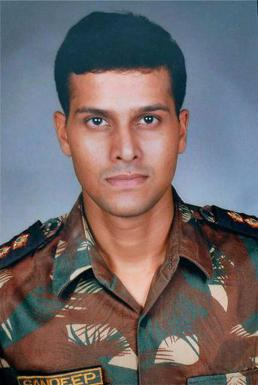#KnowYourLand Chhau dance (noun): an ancient semi-classical dance form that traces its origin to the historic Kalinga kingdom of present day Odisha. Chhau dance combines martial arts and folk dance traditions (1/5) 

Today, it is found in three styles, congruous with the regions where they are practiced: Purulia chhau (West Bengal), Seraikela chhai (Jharkhand) and Mayurbhanj chhau (Odisha) (2/5) 

The dance ranges from celebrating martial arts, acrobatics and athletics performed in festive themes of a folk dance, to a structured dance with religious themes found in Shaivism, Shaktism and Vaishnavism (3/5) 

The costumes vary between the styles, with Purulia and Serakeilla using masks to identify the character. The stories enacted by Chhau dancers include those from the Hindu epics the Ramayana and the Mahabharata, the Puranas & other Indian literature (4/5) 

It is often a syncretic dance form that emerged from a fusion of classical Hindu dances & the traditions of ancient tribes. The dance is amazing and brings together people from diverse socio-economic backgrounds in a festive and religious spirit (5/5) 

Images from Wikimedia Commons: Suyash Dwivedi, Subhashish Panigrahi, Kinjal Bose 78, Digantatalukdar & Biswarup Ganguly
• • •
Missing some Tweet in this thread? You can try to
force a refresh













